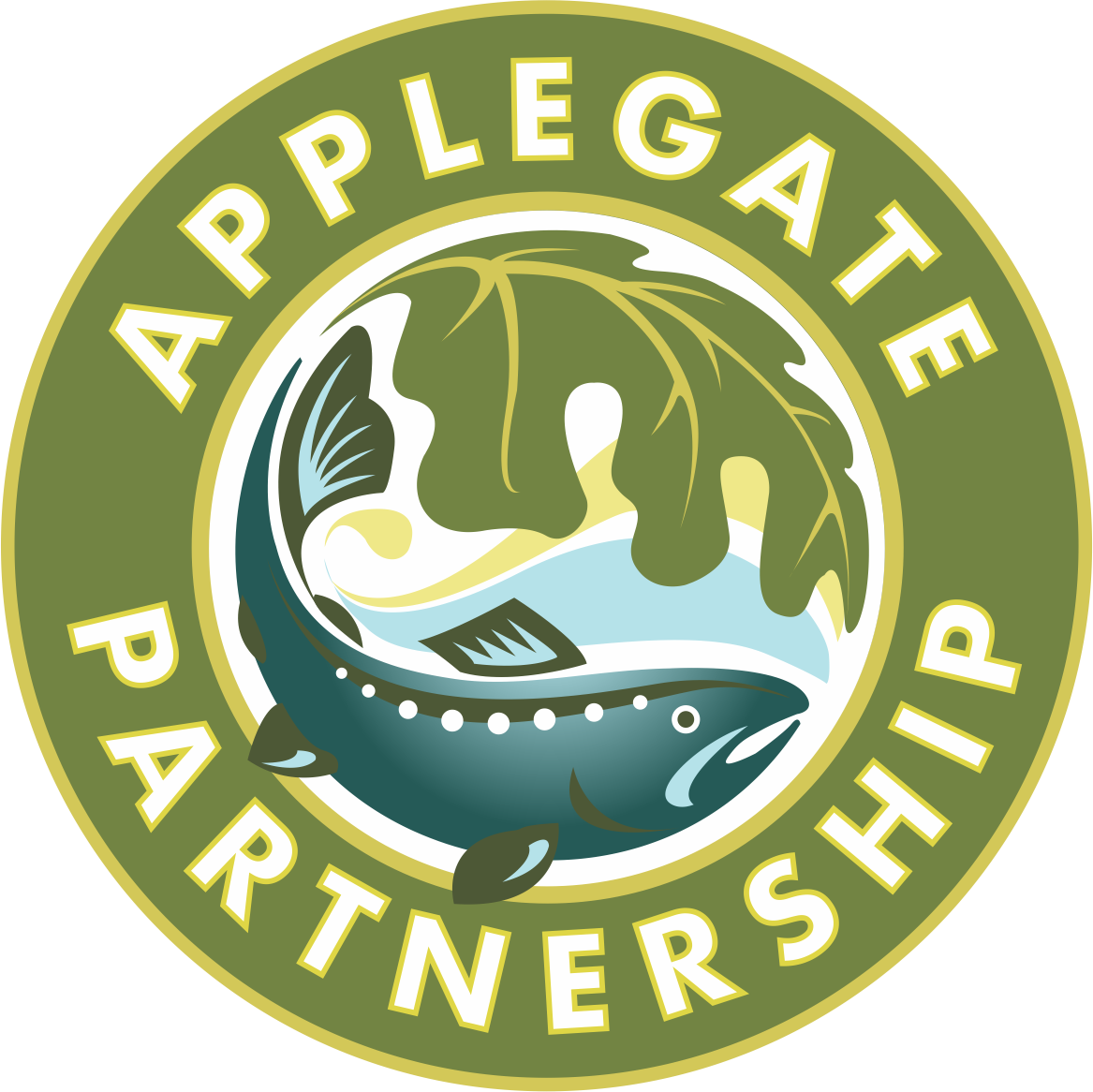Threat of Wildfire Necessitates a Plan
This article was published in the Fall 2025 Edition of the Applegater.
View the original article here.
By Miranda Stewart
Retired BLM Wildfire Specialist
Volunteer with Applegate Fire District
2025 has been a busy fire season for the Applegate Valley with multiple lightning strikes in July that resulted in several wildfires across the landscape. Upper Applegate fire in 2025 started almost a year to date from the Upper Applegate of 2024. Thanks to the rapid response of the Applegate Fire Department and land management agencies, none of the fires caused loss of life or structures. Instead, these fires delivered ecological benefits to the landscape. These fires are not unique events but a sign of changes within the Applegate Valley that are creating conditions for frequent fires. Yet we may not always have the beneficial outcome that the 2025 Upper Applegate and July lightning fires created. Those fires burned with low to moderate intensity, removing dead trees and heavy fuel buildup and generated some beneficial fuel breaks on the landscape for the near future. However, the conditions that existed when those fires ignited will not always be the same and when hot weather, low humidity, high winds and lack of resources align such as they do in August and September, those fires may have a far more devastating outcome.
How do we as a community collaborate to better protect ourselves, our families, our properties and business interests from future wildfires? One large scale fire has the potential to destroy our watershed and heavily impact the vineyards and other agricultural interests in the Valley, including tourism and jobs. Recovery can take years if we do not plan for such an event. Proactive planning, such as identifying mechanisms to reduce community risk, can expedite post-wildfire recovery. Knowing what your plan is in the event of a fire, for yourself or for your business and clients, can be the difference between lives saved and lives lost.
A Community Wildfire Protection Plan (CWPP) is a document that drives decisions on how to reduce risk, identifies priorities for the community when it comes to preparing for and reacting to wildfires and guides the recovery plan post-fire. A CWPP coordinates stakeholders such as the power company, land management agencies and county offices. Having a current CWPP also sets up local non-profits and fire departments to be eligible for grants that can be used to reduce fuels, help harden communities, provide education and fill positions that are needed for fire response. CWPPs that are current and well-developed could also help communities and residents maintain their wildfire insurance or qualify for it as a new homeowner. Many of us can relate to the challenges and stresses of maintaining or obtaining wildfire insurance. The inability to obtain that insurance has far reaching effects, such as making it difficult if not impossible to sell a home. Going without wildfire insurance means relying on the state offered insurance plans, known as the Oregon Fair Plan. For many of us, that is not a preferred alternative, as it is generally more expensive and offers less coverage than most private providers.
A CWPP is more than a planning document for fire responders and community organizations. A CWPP is a plan that is designed by the local community, to protect the residents and to build relationships. It can help households to develop their personal plans for what to do during Red Flag Warnings and fire watch days, ensure that evacuation routes are marked and the risk along those roads reduced, create plans to reduce hazards in and around communities and more. The Applegate CWPP is meant to help you. Please be alert for community meetings and other forms of outreach in the coming months so that you can contribute to your community’s CWPP.
Questions about the CWPP? Please contact:
Nathan Gehres
APWC Habitat Restoration Project Manager
nathan@apwc.info
(541) 890-9989
